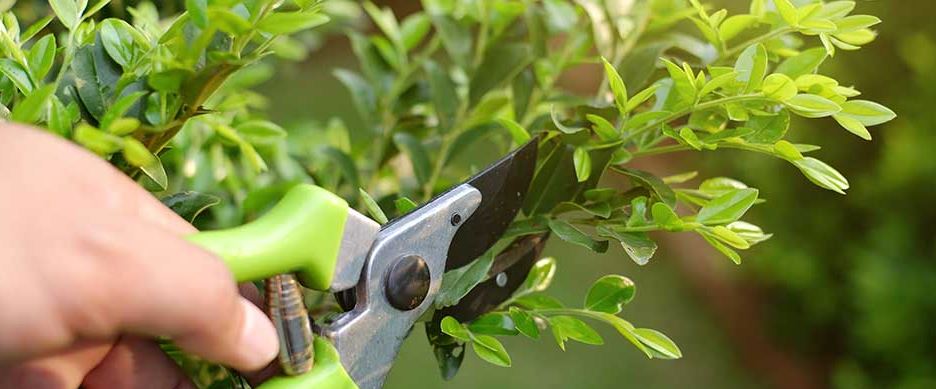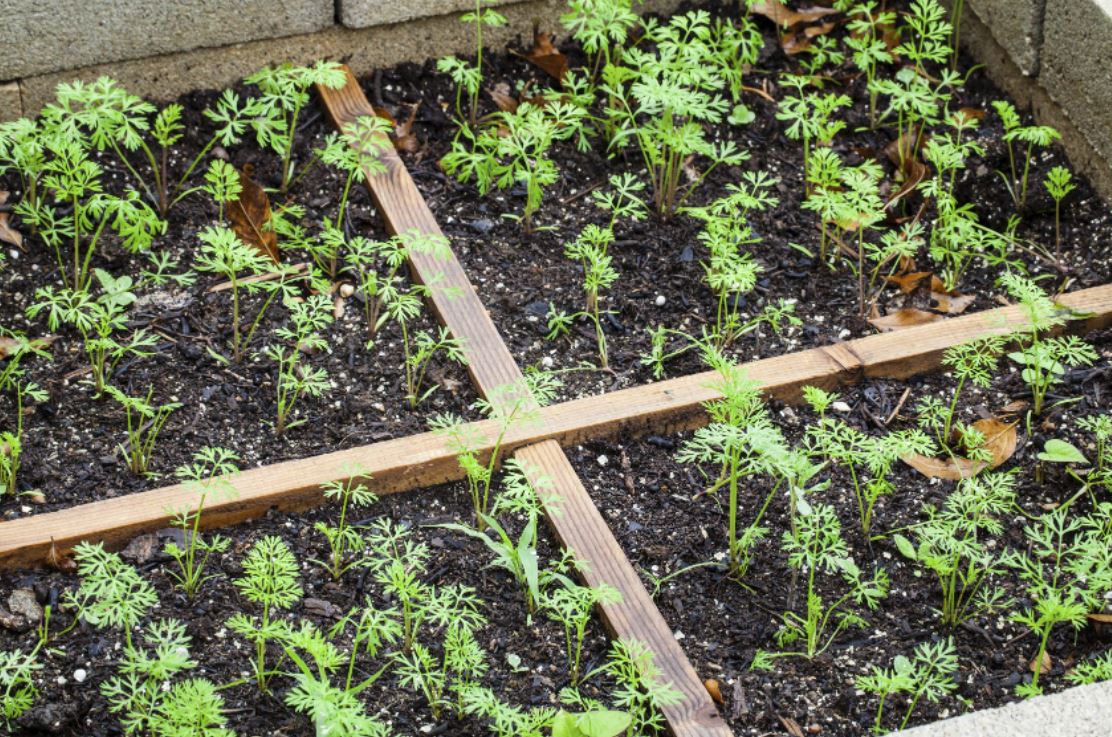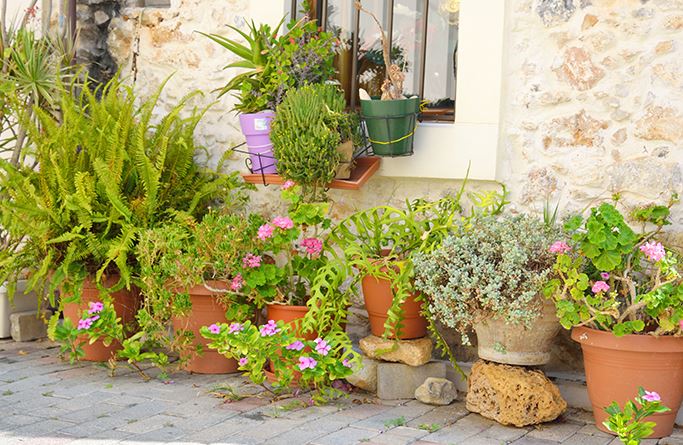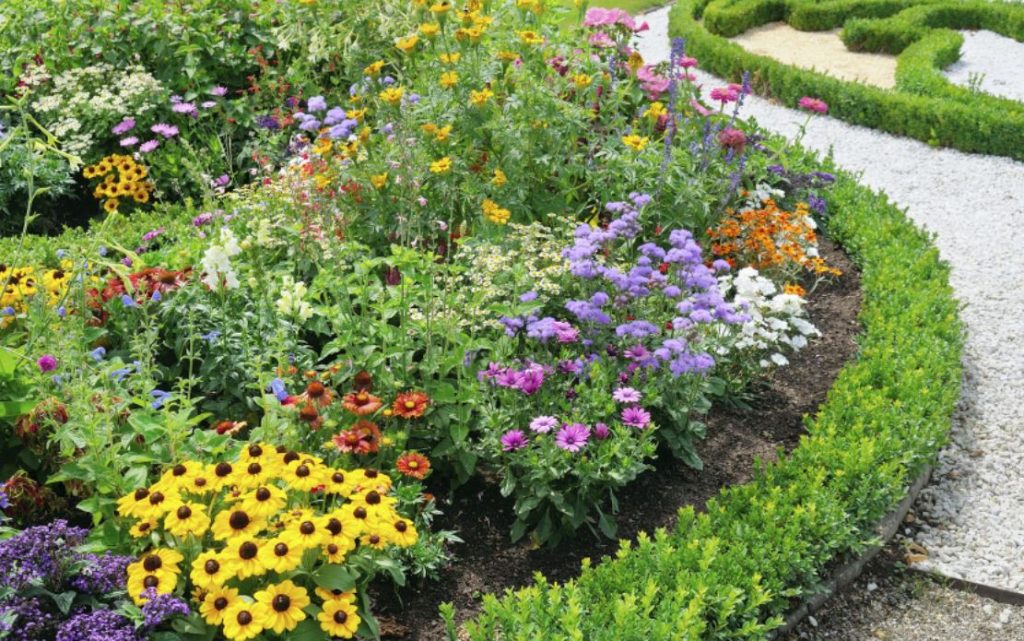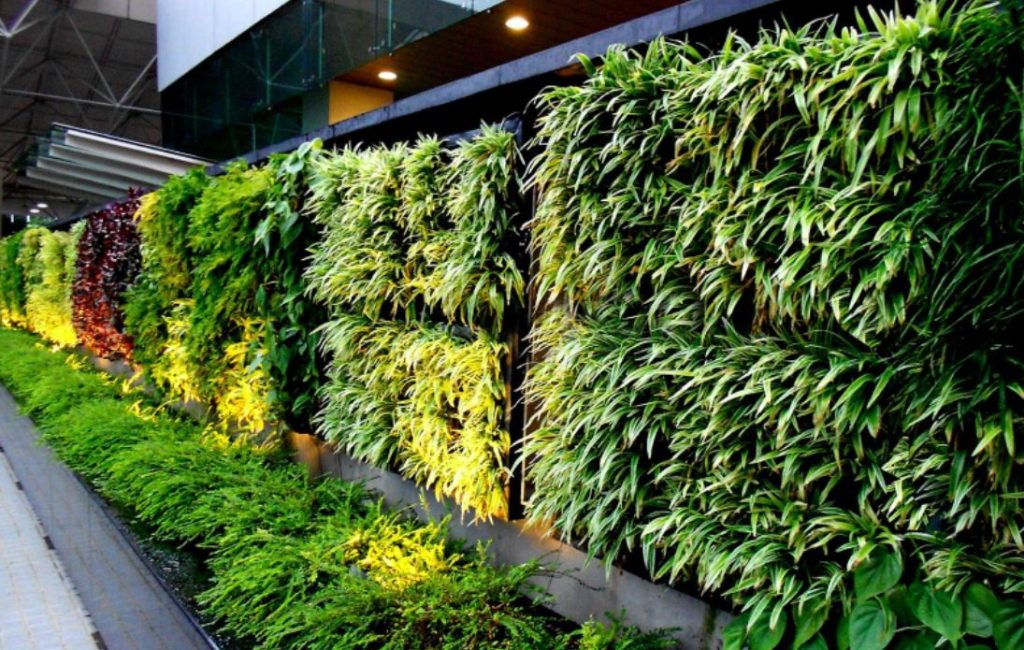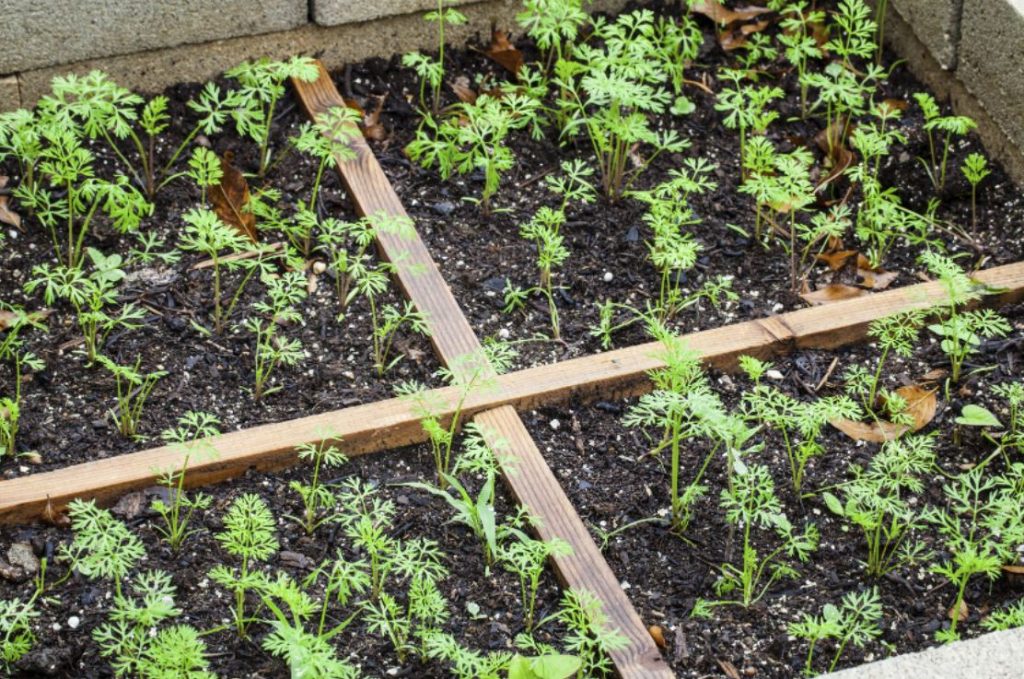
How Does Companion Planting Work?
Companion planting has many advantages. Companion plants provide various benefits for your garden, including weed control, water retention, shade creation, and structural support. Some species also act as living mulch, covering bare soil and reducing the impact of pests like redroot pigweed. You can read about these benefits in this ATTRA publication. In addition, companion planting can help prevent soil erosion, increase soil fertility, and reduce insect damage.
Some examples of plants that go well together include corn and climbing beans. Corn gives climbing beans a support structure to climb. Lettuce likes a cool environment but needs extra shade to grow properly. If your tomato plants get too much shade, lettuce may bolt. In this case, it’s a good idea to plant lettuce behind larger plants like tomatoes. The two will naturally complement each other. These companion plants are also very attractive to look at and will give your garden a beautiful continuous bloom.
Planting Combinations
Herbs that repel bugs and enhance the fragrance of other plants are also effective companions. Parsley, for example, repels aphids, which are responsible for damaging many other plants in your garden. And if you’re planning to plant squash, remember to plant the companion herbs, such as basil and oregano. Basil also attracts bees, which is essential for healthy tomato growth. The aromatic qualities of rosemary and dill also prevent armyworms from laying their eggs in your plants. Meanwhile, peppers and squash attract pollinators and are good companions for each other.
One of the most common planting combinations in America is the Three Sisters combination. These plants complement each other and were named for their three sisters. Native Americans consider these plants to be gifts from a great spirit, each of which contributes to the overall plant’s growth. By providing an added barrier to pests, they are highly beneficial for each other. However, they do not have the same health benefits. However, if you do plant companion plants, make sure to use them carefully.
Another common way to use companion planting is to grow several different types of plants in the same area. You can choose a mix of vegetables that benefit from each other’s nitrogen content. A combination of corn and squash will provide shade and support for each other’s growth. Similarly, bush beans will thrive in the shade of squash, while pole beans and tomatoes grow vertically. These three plants are good companions, as they complement each other in their growth habits.
Pros and Cons
While companion planting can have many benefits, there are some instances when it’s not beneficial. Some plants confuse their enemy, masking the desired plant. Onions and other related plants repel aphids. Broccoli and onions benefit from different kinds, which means you can use different varieties of them to avoid pest problems. In general, more diversity is better for both plants. So, it’s worth considering whether or not your garden plants like certain companion plants.
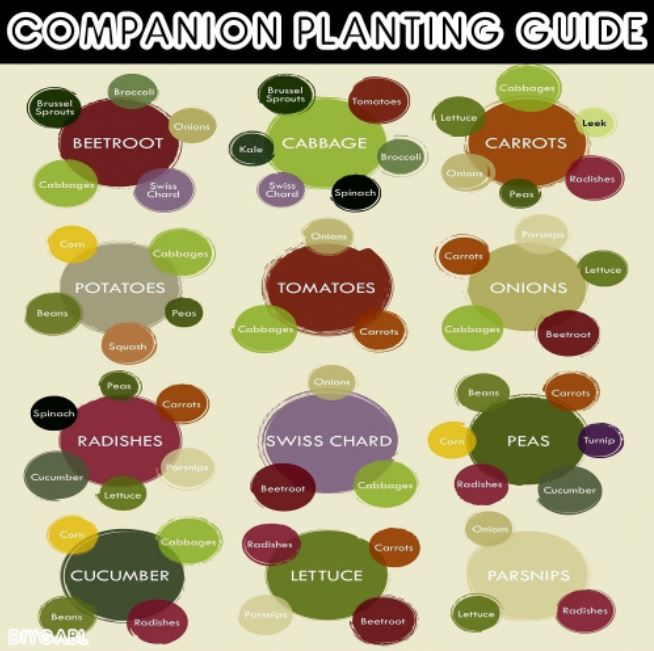
One of the most effective ways to increase the yield of your garden is to combine two or more plants. Native Americans used the method known as the Three Sisters. The three plants work together to boost yields and improve crop resilience. Companion planting is an ancient way of farming and has played an important role in the survival of most people in North America. The benefits of companion planting are not only environmental but also largely economic. You can get a higher yield from fewer plants with minimal effort.
Companion planting helps to mimic the natural environment of your garden, improving the health of your plants. You can also increase yield and quality by pairing two mutually beneficial plants. Companion plants also help repel pests and improve the taste of your harvest. Companion planting has a long history of success and can be beneficial for any garden. When used correctly, it can lead to more delicious and colourful produce and an overall healthier garden.
While the combination of these plants might not be ideal for your garden, they can help keep pests in check. Some herbs, such as tansy, repel insects, like aphids and lacewings. Other common companions include alliums, garlic, and dill. Some studies suggest that rosemary, thyme, and dill can repel insects, including aphids. While you’re planting companions, consider their benefits.
